1. Tight glutes.
Any activity you have to do that raises and lowers your knee and puts force on the ground is going to involve your legs. It’ll also involve the “core of the legs besides the legs”; the glutes. Your butt muscles are involved in almost everything you do and can easily get “bunched up.” The gluteal muscles are comprised of the gluteus maximus, medius, and minimus. The Maximus, as you could have guessed, is the largest muscle group in your butt and as such sounds like the leader of an army. Because it is. The commander of the army of your ass.
The Medius and Minimus are his lieutenants. These muscles run beside him (on the outside of your hip) or under him, and if they get bunched up they’re much more difficult to reach and stretch. These muscles help rotate the hips and legs, and help you lift your legs laterally (out to your sides). If these muscles are tight, your hips don’t function properly, your range of motion is limited, and you strain in the movements you accomplish. Massage and stretch your butt muscles; you’ll get stronger and get a video girl booty, albeit without the jiggle (but you may be into that kind of thing).
2. Tight hamstrings.
Your hamstrings are the biceps of the legs. I’m not just saying that to sound like a “bro”; like the biceps bend the elbow, your hamstrings bend the knee. Most people neglect muscles they can’t see in the mirror; namely, their posterior chain. The majority of people who exercise either neglect training the hamstrings, neglect stretching the hamstrings, or any combination of the two. Distance runners are extremely guilty of this; they may have flexible hamstrings, but not necessarily strong hamstrings. Then weightlifters and sprinters have the opposite problem; their hamstrings are too tight. When your hamstrings are weak, your glutes and quads and joints (knees and hips) take the majority of the stress in your lower-body training. If your hamstrings are too tight, you can’t contract its opposing muscles (quads) efficiently, nor can you support many pulling motions.
Since running efficiently is a “pull,” weak hamstrings result in runners relying on “pushing” themselves through the movement; it gives the average runner that characteristic stomp-n’-shuffle. This is awful for your lower back and knees. Remember that the top of the hamstrings insert into the glutes. Speaking of insertion points,
3. Tight Calves.
It may sound ridiculous that something so far away from your midline can affect your lower back, but here it is: one of the most neglected body parts, and usually someone’s weakest link. I’m going to put the easiest logic in your brain in the very next sentence, so prepare yourself:
The path to your lower back starts from the ground up, and namely from the thing that always touches the ground: your feet. Which are connected to your ankles. Then to your calves. Weak and inflexible ankles are attributed to poor calf flexibility and strength. If you can’t move your ankles through normal ranges of motion, it is physically impossible to start muscle activation in your calves. If your calves aren’t strong nor flexible, your hamstrings can’t activate properly. Why? The top and largest muscle in the calf (gastrocnemius) inserts behind the knee… which inserts at the bottom of the hamstring (biceps femoris)… which inserts in the bottom of your glutes (General Maximus)… which insert in to your lower back.
But if there’s one thing everyone knows but still avoids because it sucks to train hard…
4. Core strength.
Besides flexibility, core strength is most everyone’s limiting factor. Either your core training is non-existent, or it’s grossly over exaggerated to one purpose. By this I mean, how many people do you see trying to get a six-pack and doing a million crunches? Probably all of them.
Your core stabilizes your spine. If your glutes are the General of your lower body, your core is the Leader of the Free World of My Body (besides “The Lord Up High; Brain”). You can’t stand, sit, move, or drop a deuce without core strength.
Picture your core muscles as a flexible tube between your ribs and hips. Like a slinky. A spine-stabilizing slinky.
When the slinky bends forward the rings bunch up, right? The reverse side opens up. But what happens? When going down steps, it whips forward. So if the front, bunched up area represents your stomach muscles, the whipped tensile strength in back represents your back muscles. Now reverse it. Then reverse it again. Now imagine a pipe-cleaner in the center. If you want that pipe cleaner to stay straight, but bend through all positions with that slinky, the slinky has to have equal strength on all sides.
Your abdominals, obliques, and spinal erectors, all control how you move. If you neglect these, here’s a list of easy activities (in no particular order) that you may realize become difficult for no good reason at all:
1. Standing
2. Sitting
3. Laying down
4. Getting up from laying down
5. Getting up from sitting
6. Twisting to check your blind spot
7. Bending to tie your shoes
8. Picking that damn dropped pen off the floor
9. Picking that damn dropped pen off the floor after dropping it a second time
10. Comfortably defecating.
11. Wiping after comfortably defecating.
12. Standing up after wiping after comfortably defecating.
I guess the take away message is to train your calves, or you’ll never be comfortable wiping your butt.





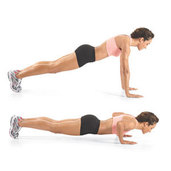

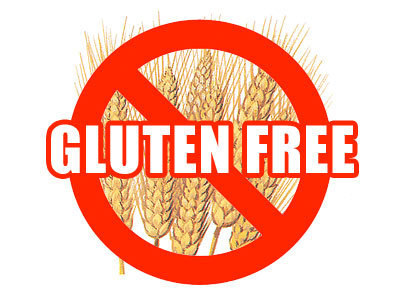



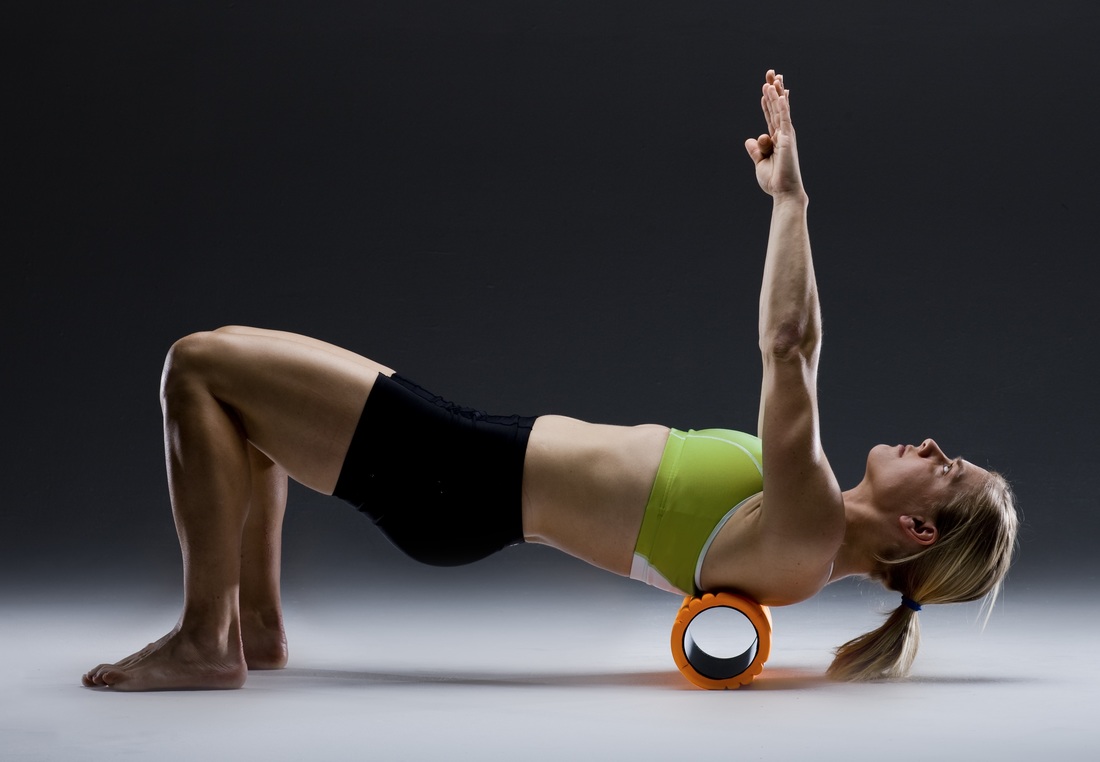

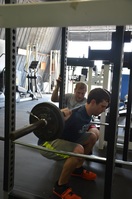
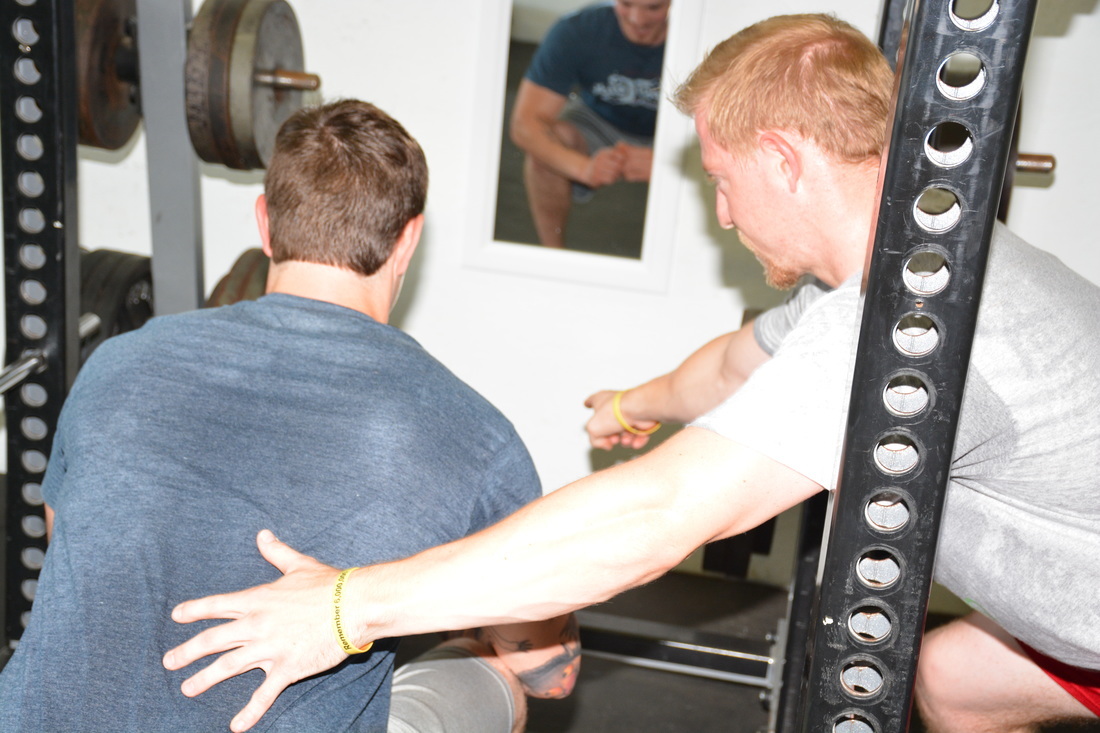

 RSS Feed
RSS Feed
